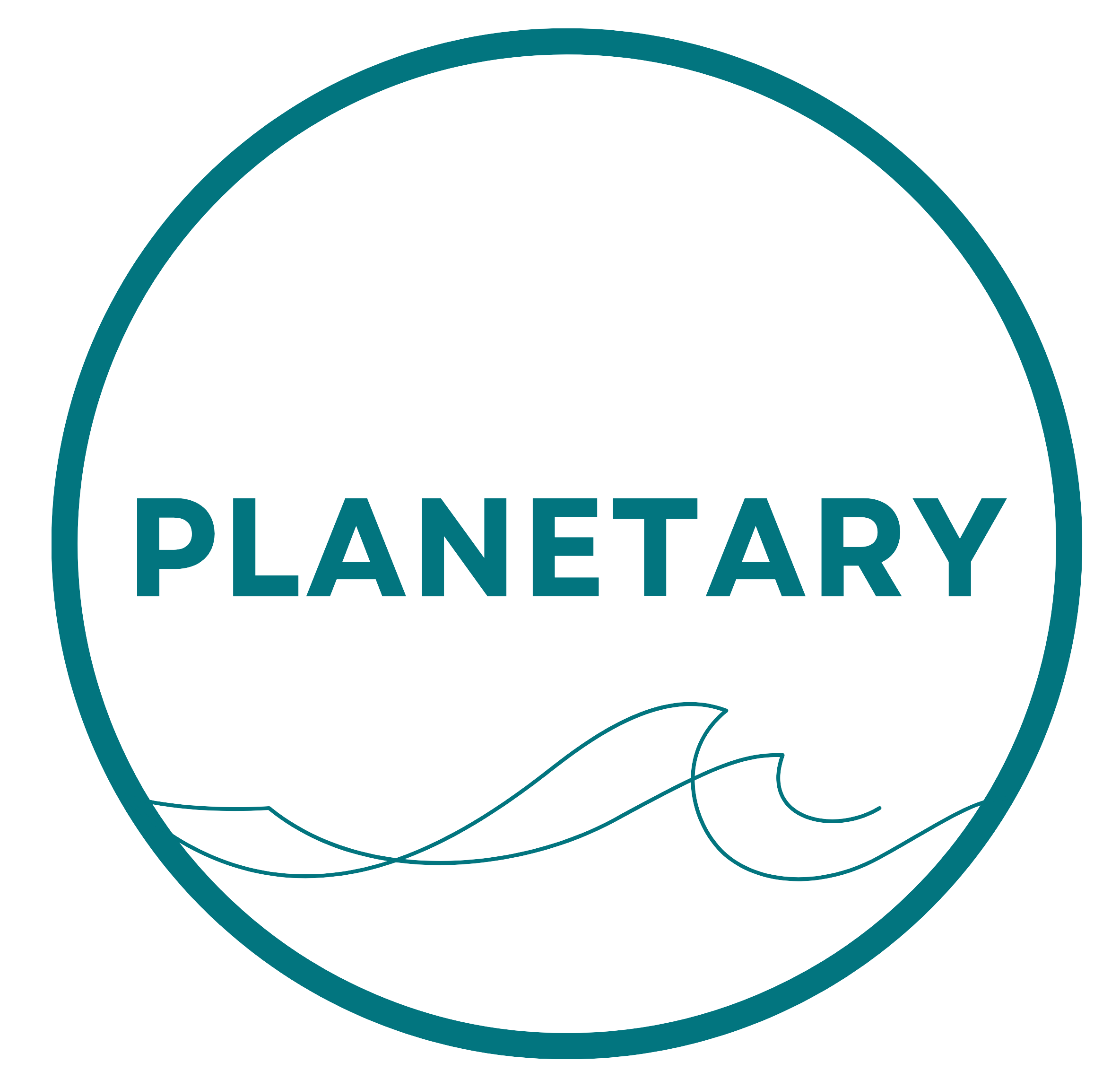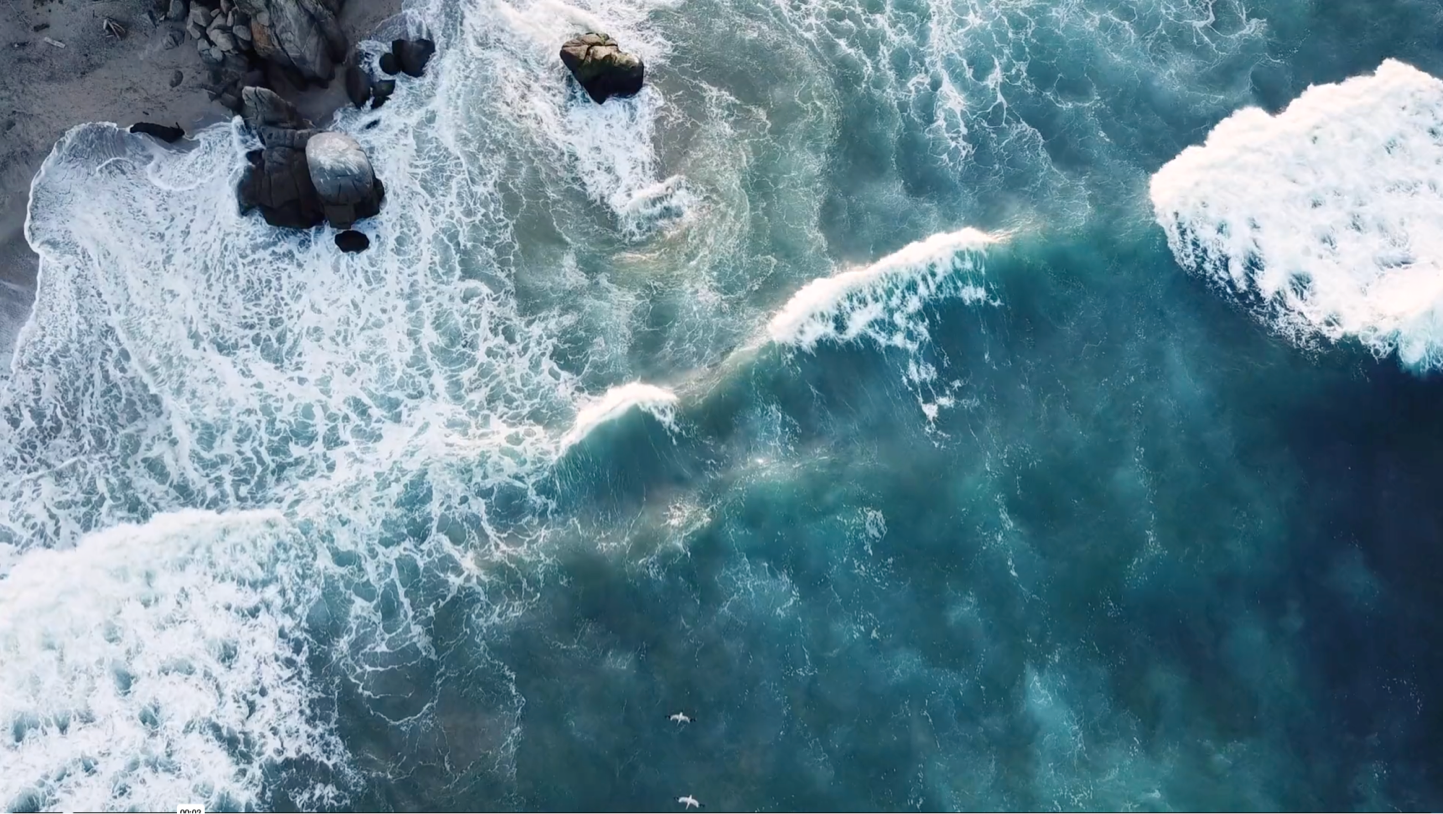Overview
Planetary Technologies and independent researchers from Dalhousie University’s Department of Oceanography, together with other partners, are collaborating on investigating the efficacy of ocean alkalinity enhancement (OAE) as a method to remove CO2 from the atmosphere and store it in the ocean
To help determine the dispersion rate of the alkaline substance Planetary Technologies adds to Halifax Harbour through the cooling water outfall of Nova Scotia Power’s Tufts Cove Generating Station, Dalhousie University researchers will add a dye tracer to the outflow on October 21st, 2024 and October 25, 2024. This enables the research team to map how water containing the alkaline substance moves and disperses away from the station’s cooling water outfall.
This bulletin explains this study further and provides key information about the process.
Key Information
Who: Planetary Technologies, a Dartmouth, Nova Scotia-based venture whose mission is to enhance the ocean’s natural ability to take up and store CO2 through carbon dioxide removal and storage.
Researchers from Dalhousie University’s Department of Oceanography are conducting an independent study and developing methods for modelling, monitoring, reporting, and verification of OAE methods, leveraging Planetary Technology’s ongoing ocean alkalinity enhancement field tests.
Why: To help research the potential for ocean alkalinity enhancement to promote uptake and safely store atmospheric CO2 in the ocean.
Where: Nova Scotia Power’s Tufts Cove Generating Station in the Halifax Harbour (see Figure 1) and the Narrows.
When: October 21st, 2024 and October 25th, 2024 (subject to change depending on the weather), with further dye additions planned through the fall.
What: A dye tracer study is to be conducted.
- The trial will help researchers better understand local water circulation and dispersion, and it will test measurement/modelling techniques.
- The dye tracer (Rhodamine WT) helps researchers track the plume in the harbour using available ship-borne, air-borne and autonomous measurement techniques
- Rhodamine WT is a fluorescent dye used extensively in natural water bodies, with well-known safety criteria. It is a water-soluble dye that has been used extensively for 50 years to study dispersion and flow within water systems and natural water bodies, including rivers, streams, lakes, groundwater, estuaries, and the open ocean, and is recommended by the Government of Canada to observe water dispersion.
- The concentration entering Halifax Harbour will be a maximum of ~300 μg/L and will not exceed the maximum acceptable concentration quality standard (MAC-QS = 910 μg/L). The concentration will decrease rapidly away from the addition point and after the release ends.
- A news story regarding the previous dye addition can be found here.
What citizens may see: A distinct, red/orange/purple colour will be visible in the vicinity of the release point for no more than 24 hours after the dye release ends. Citizens will also see increased boat and drone activity in the Tufts Cove vicinity as Dalhousie researchers measure the spread in the harbour, particularly in the Narrows. Information about the previous (2023) dye-only addition can be found here.
Where to make enquiries or receive additional information:
Email NovaScotia_project@planetarytech.com or visit www.planetarytech.com/projects/nova-scotia/.



